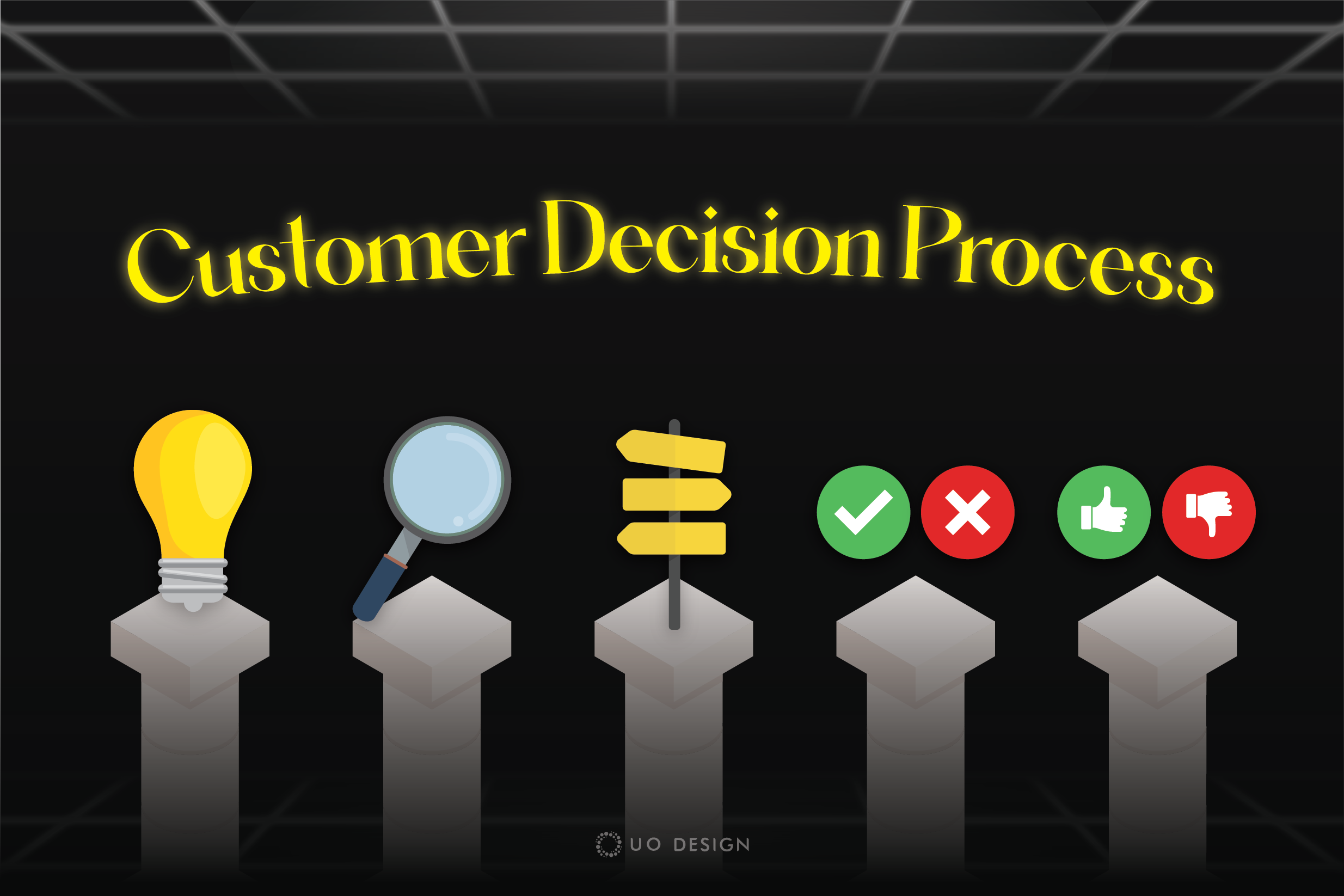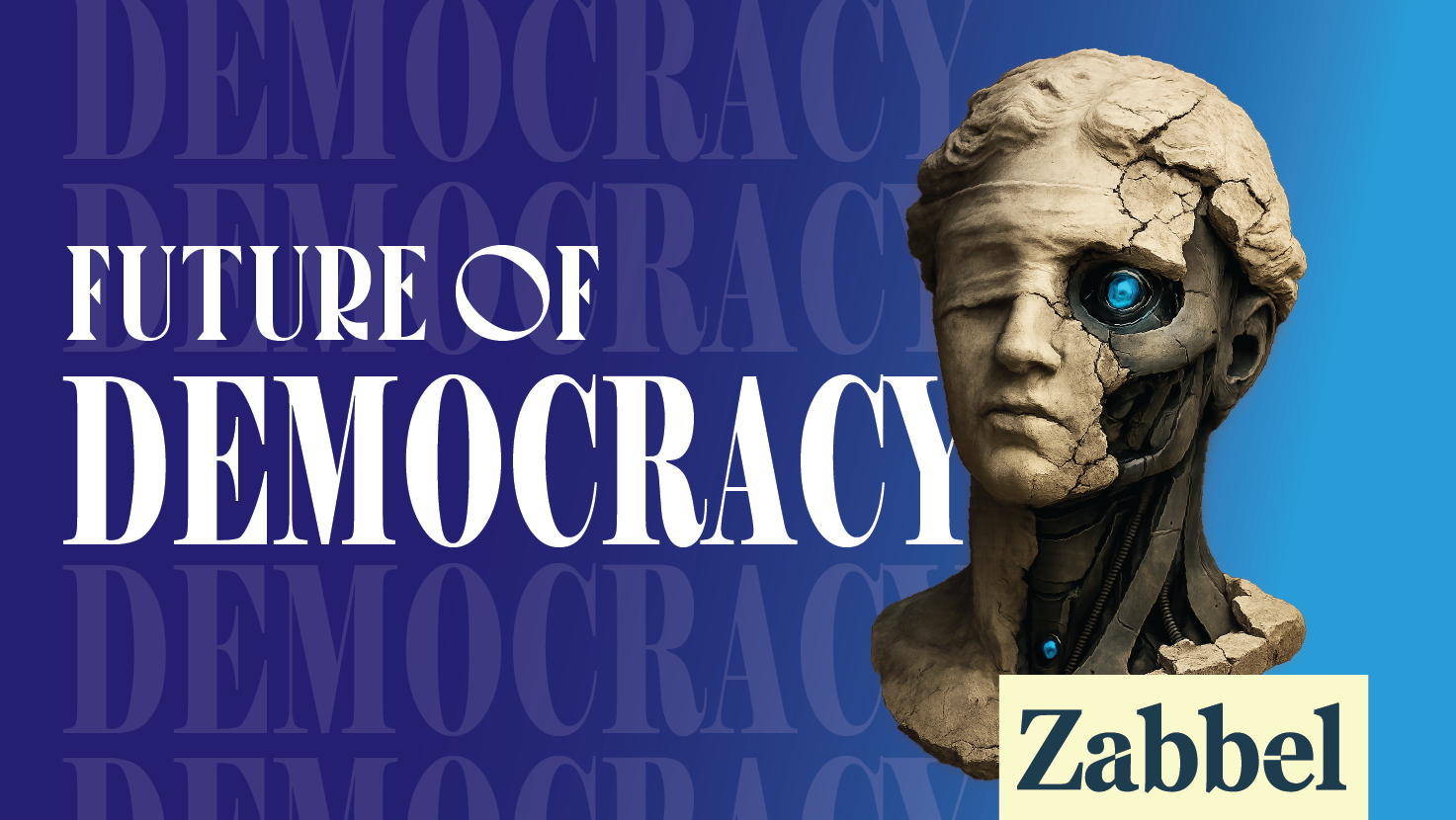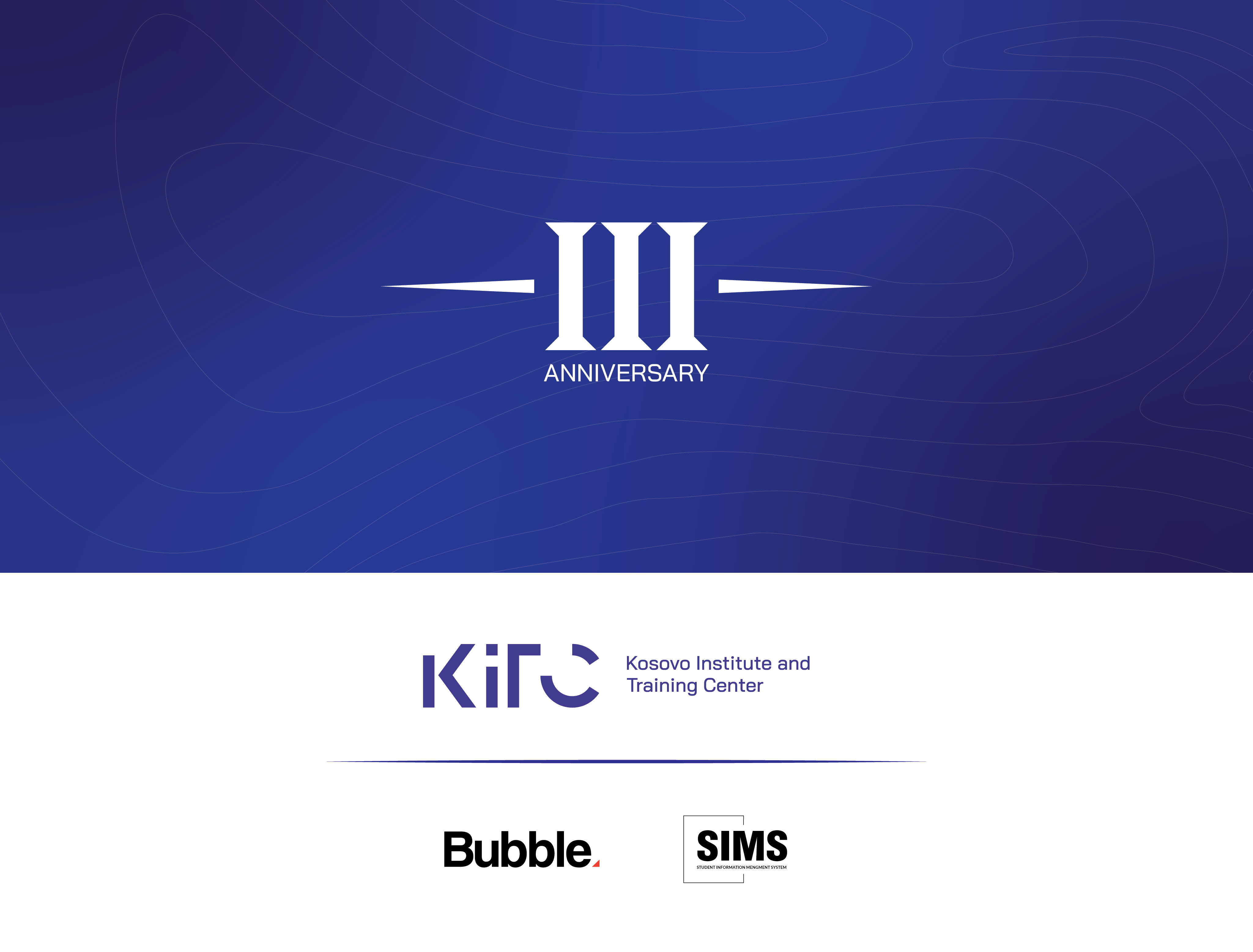Understanding the Customer Decision Process in Business Purchases
Have you ever pondered the complex process businesses go through when deciding on their purchases? This journey, known as the Customer Decision Process, is akin to personal shopping but involves more significant, intricate decisions. Let’s explore the stages of this process, providing a detailed look at how businesses make informed purchasing decisions.
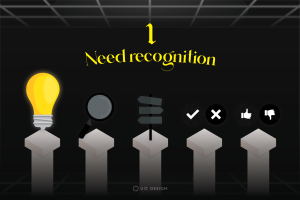
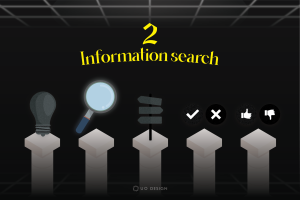
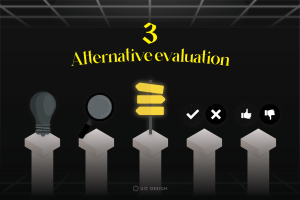

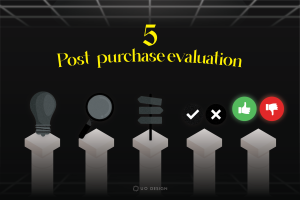
Recognizing the Need
The journey of Costumer Decision Process commences when a business identifies a gap that necessitates a solution. Imagine, for instance, your company’s server is underperforming, leading to productivity bottlenecks. This situation sparks the realization, “We need an enhanced cloud solution or a server upgrade.” Acknowledging this need is the critical first step in the decision-making process.
Seeking Information
Upon recognizing a need, the next step is to seek out information. Businesses embark on this phase by conducting thorough research, which includes exploring online resources, reading insightful articles, and soliciting expert recommendations. The guiding question during this phase is, “Which cloud services are best suited to our specific business requirements?”
Evaluating Alternatives
With a wealth of information at their disposal, businesses proceed to evaluate their options. This crucial phase involves a detailed analysis of various cloud providers, such as AWS, Azure, and Google Cloud. The goal here is to assess each provider’s offerings, features, and pricing plans to determine which service aligns best with the company’s needs and budget constraints.
Making the Decision
Following a thorough evaluation, the business makes a decisive choice. It selects a cloud service that promises the best balance between cost efficiency and performance enhancement. This decision marks a pivotal moment in the Customer Decision Process, signifying a commitment to a solution that is anticipated to drive the business forward.
Reflecting on the Outcome
The decision-making journey doesn’t end with the purchase. Instead, a period of reflection follows, where the business assesses the impact of its choice. Several months later, it might evaluate, “Has the new cloud service lived up to our expectations? Are we satisfied with the level of customer support?” This reflective phase is invaluable for validating the decision and guiding future procurement strategies.
In summary, the Costumer Decision Process is a critical framework that guides businesses through the complex journey of making informed purchasing decisions. Starting with the recognition of a need, such as the requirement for an improved cloud solution, businesses then embark on a thorough information-seeking phase. This phase is crucial for gathering insights and evaluating the myriad of options available, such as comparing the offerings of leading cloud providers AWS, Azure, and Google Cloud. After a careful evaluation, a decision is made based on which service best matches the company’s needs and budget. However, the process doesn’t stop at the purchase; it extends into a reflective phase where the impact of the decision is assessed, ensuring that the chosen solution effectively meets the business’s expectations and supports its growth. This journey not only highlights the importance of strategic decision-making in achieving operational efficiency but also underscores the value of post-purchase evaluation in fostering continuous improvement and satisfaction.
Follow us on our social:
LinkedIn | Facebook | Instagram | YouTube

